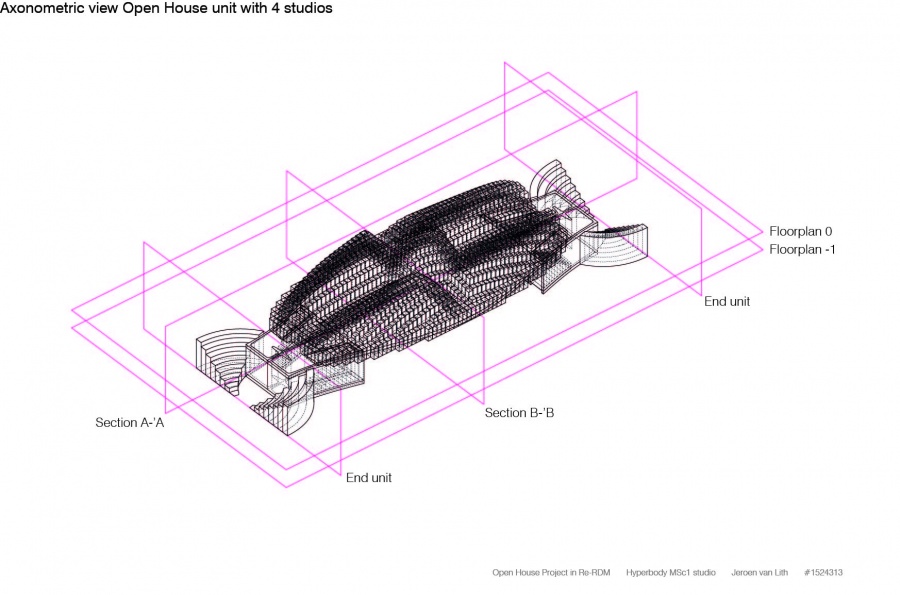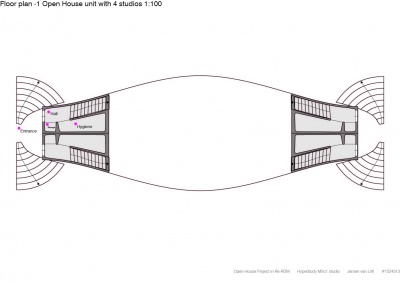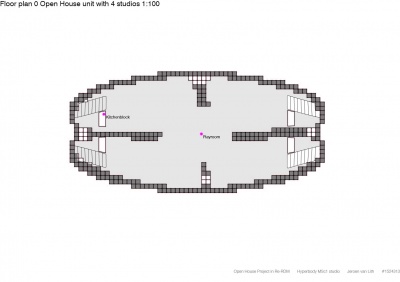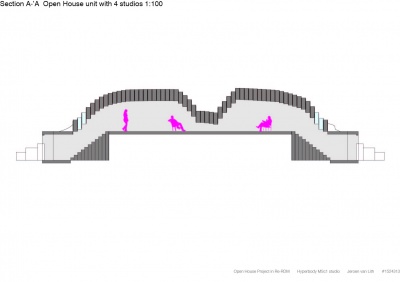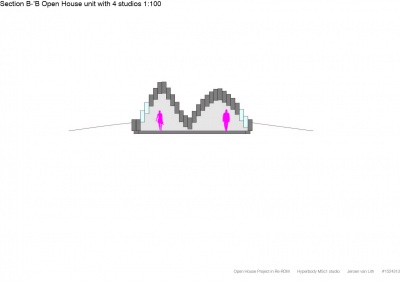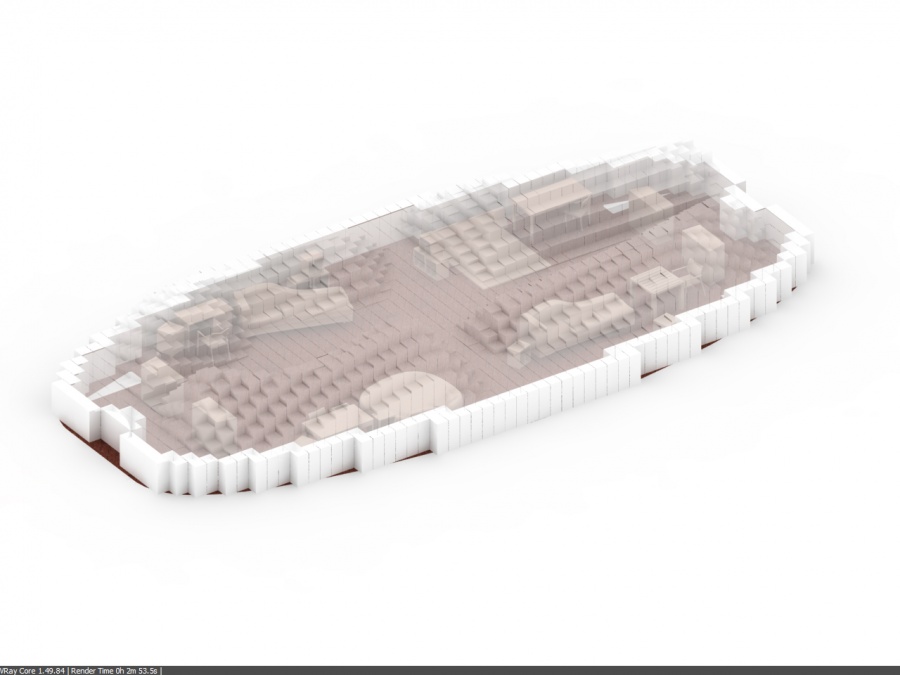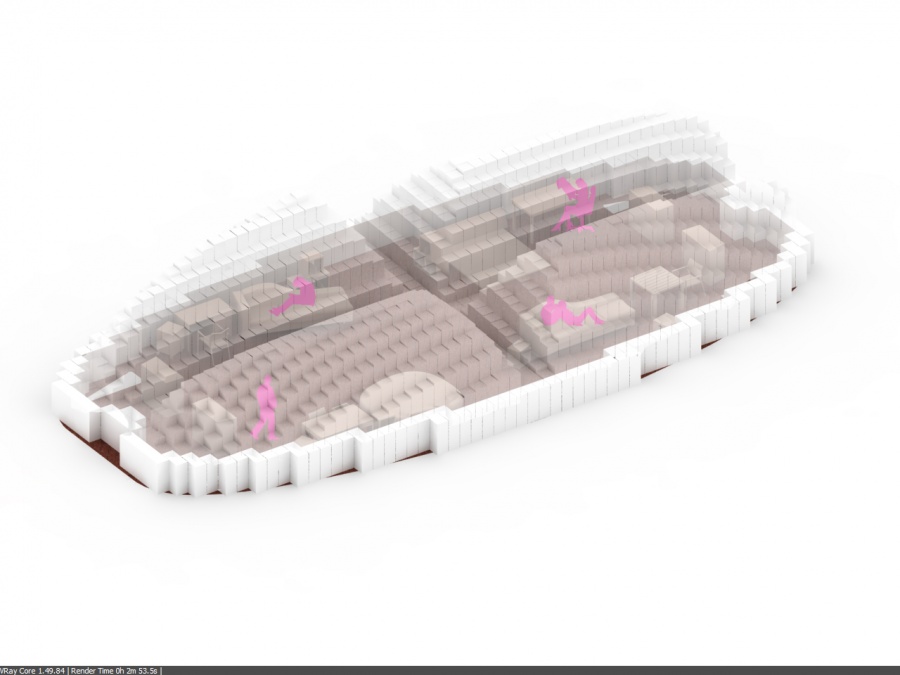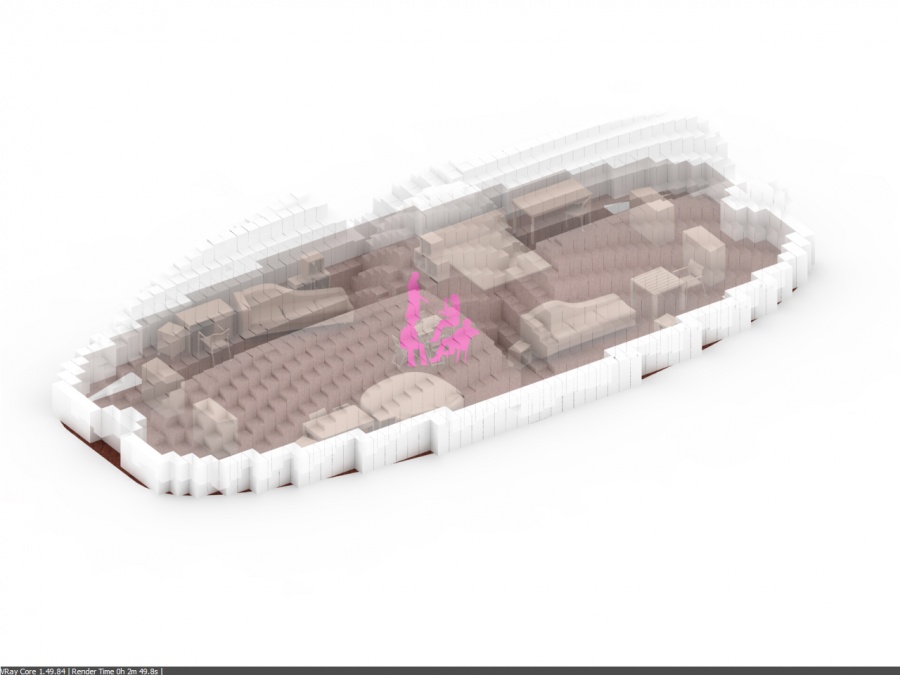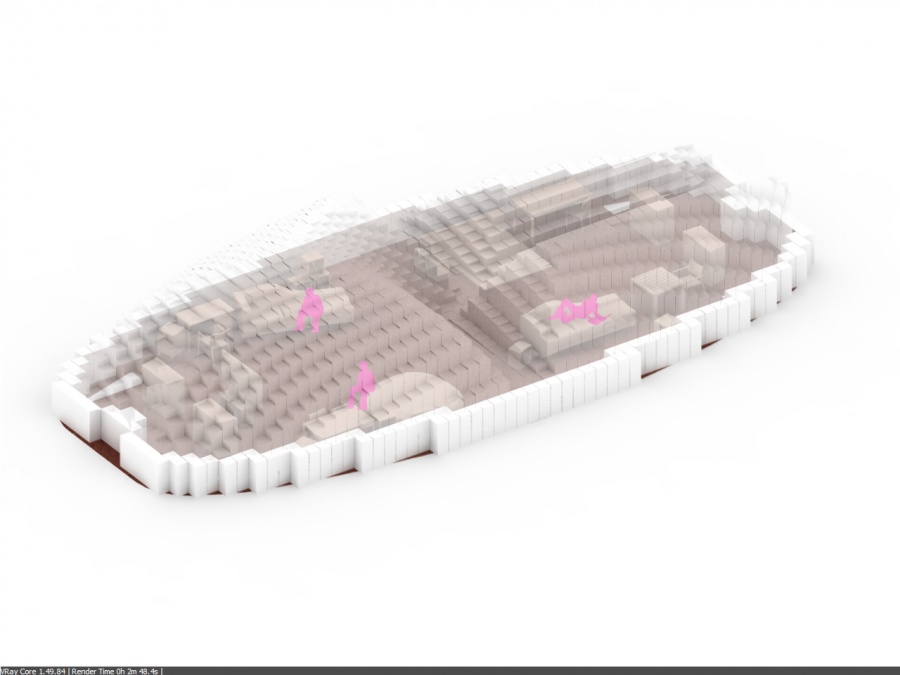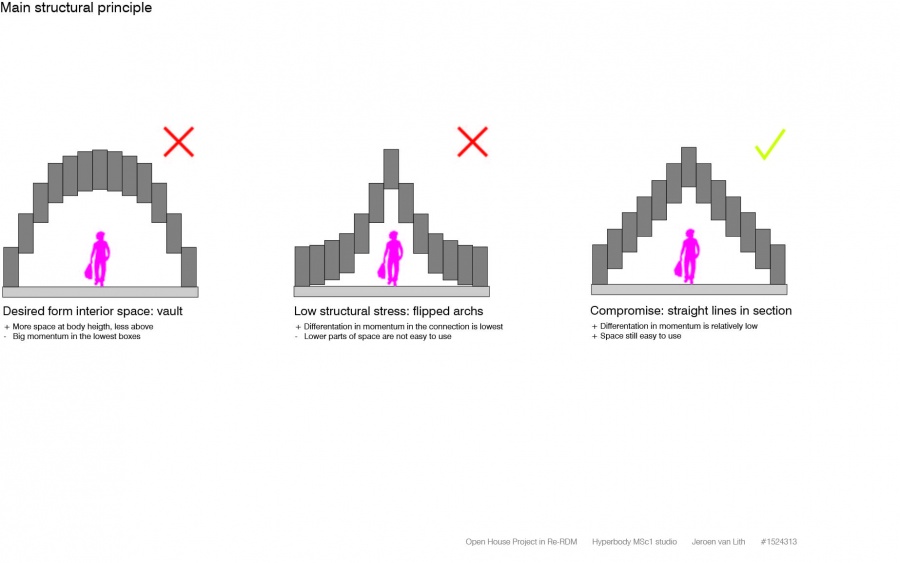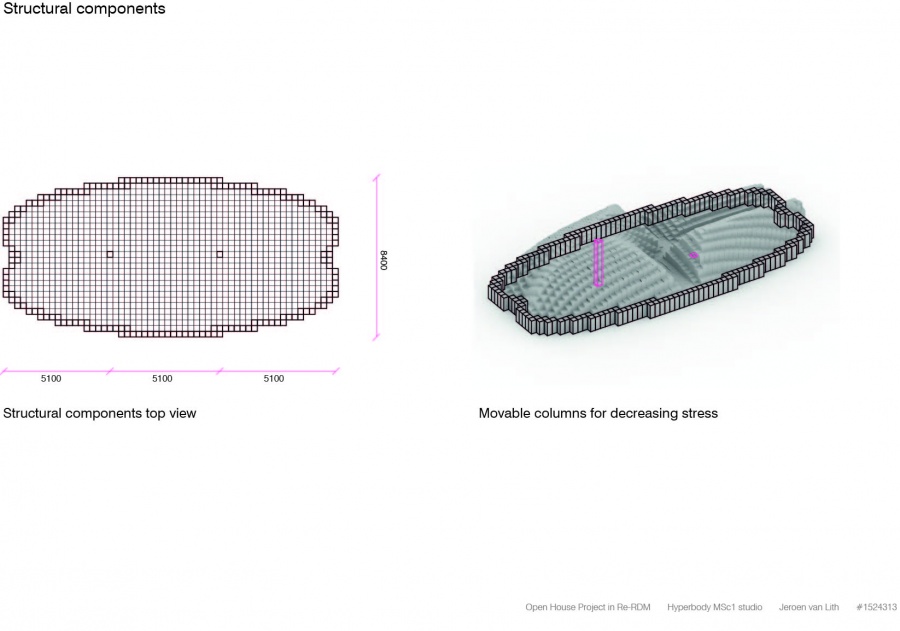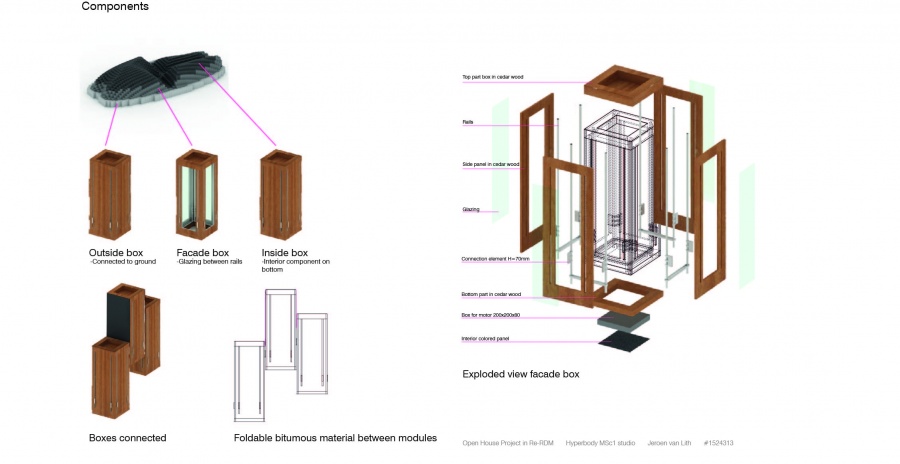project27:Performance
(→Structure) |
|||
| Line 39: | Line 39: | ||
The main structural logic exists out of connected boxes which can move from each other. Motors inside the boxes make the connection points go up and down and thereby moving the boxes. Together, the boxes form the roof, wall and facade construction of the playroom. | The main structural logic exists out of connected boxes which can move from each other. Motors inside the boxes make the connection points go up and down and thereby moving the boxes. Together, the boxes form the roof, wall and facade construction of the playroom. | ||
| + | [[File:Structprinciple.jpg| 900px]] | ||
[[File:Structcomponents.jpg| 900px]] | [[File:Structcomponents.jpg| 900px]] | ||
| − | |||
| − | |||
| − | |||
| − | |||
| − | |||
| − | |||
| − | |||
| − | |||
| − | |||
| − | |||
| − | |||
| − | |||
| − | |||
| − | |||
| − | |||
| − | |||
| − | |||
| − | |||
| − | |||
| − | |||
| − | |||
| − | |||
| − | |||
| − | |||
| + | [[File:Boxes.jpg| 900px]] | ||
==Feasibility== | ==Feasibility== | ||
Revision as of 00:44, 19 January 2013
Contents |
Activities in Open House
In the Open House project, the main housing activities are divided into two spaces: the lower floor and the Playroom. Where the lower floor houses the hygiene and storing, students can do the rest in the upper floor space. This space will be partly shared by the students' 3 neighbors. Students can choose to reserve their own space, make a collective dining space or share their daytime studying in a common room.
Variants on the use of space
With their phones, computers and other media devices, the students can decide how they want to live with their neighbors. They are enabled to share spaces, reserver larger spaces and lower their space when they're not home. By setting those variables, students will be more aware of their neighbors' needs, and feel also more responsible for their own behavior. Collectively the practical rules can be set. Under here you can find a few possible outcomes of the students behavior.
Scenario 1: Everyone at school, spaces are low and uninhabitable
Scenario 2: Everyone at home, Playroom is divided into 4 seperate and private rooms
Scenario 3: Eating together, a dining room is collectively shared
Scenario 4: Friday evening, shared gaming room and two private rooms
Structure
The main structural logic exists out of connected boxes which can move from each other. Motors inside the boxes make the connection points go up and down and thereby moving the boxes. Together, the boxes form the roof, wall and facade construction of the playroom.
Feasibility
Strengths
-Changability of the Open House alignes with a differentiated of space for all students.
-Population students is relatively easy to house in general
-Population students are the first to keep an eye on the street and give the Re-RDM a real city-buzz.
-Project is showcase for the Learn and Play environment - here comes playing and learning together in a sustainable way.
-Project could be built gradually.
Weaknesses
-Never been done application in architecture is of relatively high risk
-High-maintainance
-Components are relatively expensive
Opportunities
Threats
Structure
Main structural Logig The construction of Open House mainly exists out of attached pixel components.
